Tungsten Disulfide Nanomaterials for Applications of Optical Biosensors
- Details
- Category: Tungsten Information
- Published on Friday, 12 August 2022 18:46
- Hits: 1240
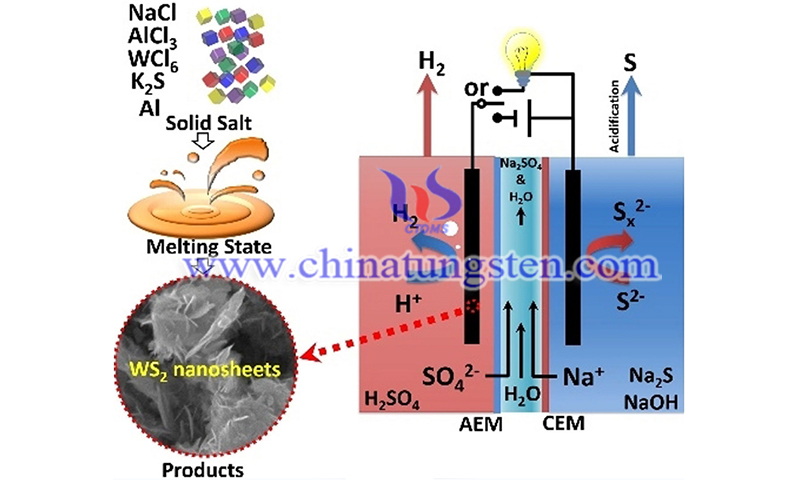
With the development of nanotechnology, tungsten disulfide nanomaterials (WS2NM) have been a new choice for optical biosensors. Researchers reported the use of a simple method to create a hybrid material consisting of WS2 nanosheets and hydroxylated MWCNTs (WS2/MWCNTs-OH). The substrate was screen-printed carbon electrodes (SPCE), which has the advantage of requiring minimal cost and being disposable and energy efficient. Modification with WS2/MWCNTs-OH composites improved the rate of sensitive and selective behavior.
Tungsten Disulfide Nanomaterials (WS2NM) for Biosensors – Ⅱ
- Details
- Category: Tungsten Information
- Published on Thursday, 11 August 2022 11:19
- Hits: 1176
Tungsten disulfide nanomaterials can be successfully used in biosensors and nanomedicine, such as observation of DNA hybridization, enzymes, and proteins, as well as environmental contamination and medical diagnostics. For a long time, electrochemical biosensors, such as semiconductors and screen-printed electrodes, have been used for various applications in numerous fields.
Tungsten Disulfide Nanomaterials (WS2NM) for Biosensors - Ⅰ
- Details
- Category: Tungsten Information
- Published on Thursday, 11 August 2022 11:12
- Hits: 1209
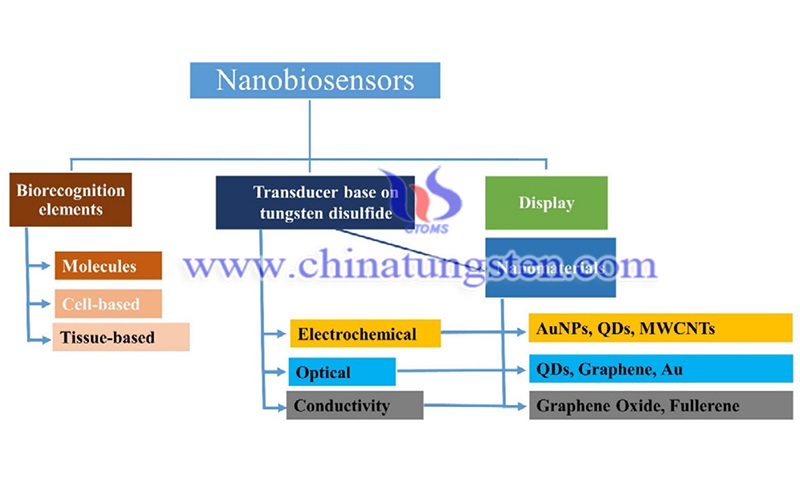
Tungsten disulfide nanomaterials (WS2NM) are new nanostructures that could be a new option for biosensors. Bio-sensors were developed as a combination of bioreceptors and sensors and are classified according to their elements. They are usually classified into three categories based on the transducer, including electrochemical, optical, and electrical conductivity methods. Meanwhile, the classification of biomarkers is based on molecules, cells, and tissues.
Application of Tungsten Disulfide Nanomaterials (WS2NM) in Biosensors and Nanomedicine
- Details
- Category: Tungsten Information
- Published on Thursday, 11 August 2022 11:07
- Hits: 1251
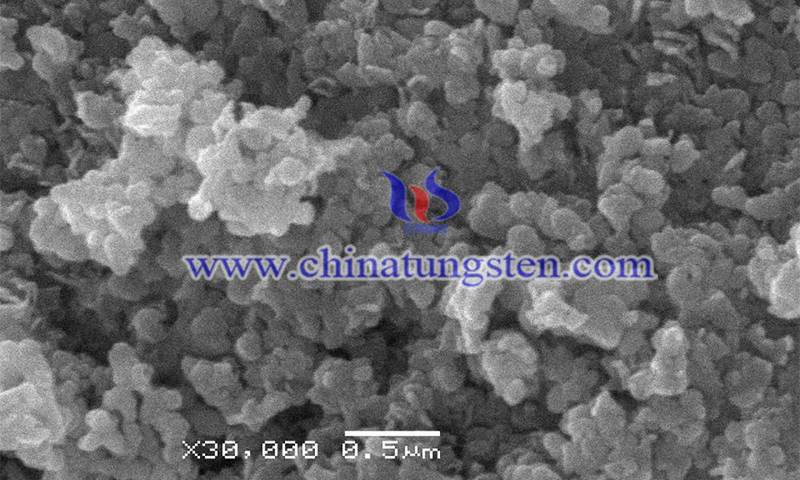
Tungsten disulfide nanomaterials (WS2NM) are new nanostructures that could be a new option for biosensors and nanomedicine. Tungsten disulfide (WS2) is a transition metal disulfide. Recently, WS2NM such as WS2 nanotubes, nanoparticles, quantum dots, and WS2-based nanocomposites have been used in several medical and bioscience studies.
100 Years of Doped Tungsten Wire Ⅳ- Scientific Background of Doped Tungsten Wires and Outlook
- Details
- Category: Tungsten Information
- Published on Wednesday, 13 July 2022 19:43
- Hits: 1282
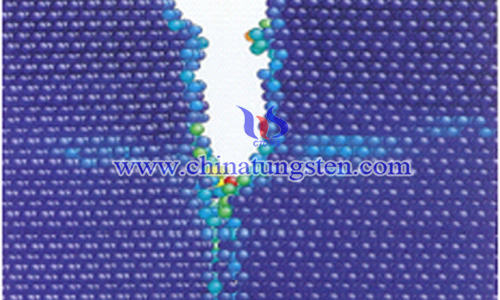
Scientific background of doped tungsten wires
The systematic and purposeful doping of tungsten oxide powders was already patented in 1922. However, the doping of elemental potassium and its role in the formation and stabilization of creep-resistant recrystallization intercalated microstructures was only understood after 1964, when new tools for scanning and transmission electron microscopy and new instruments for surface analysis, especially Auger-Electron-Spectrometry (AES), could be used to perform modern microstructural and chemical analysis of nanometer-sized aggregates. Modern microstructural and chemical analyses were performed.
100 Years of Doped Tungsten Wire Ⅲ - The Invention of Hard Metals
- Details
- Category: Tungsten Information
- Published on Wednesday, 13 July 2022 19:17
- Hits: 1312
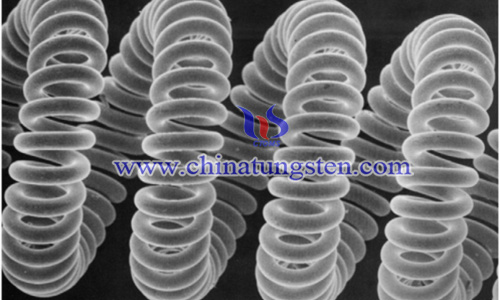
The Invention of Hard Metals
The next important milestone in the chronology of the development of doped tungsten wires is 1923, which marked the year when K. Schröter, chief engineer of the OSRAM research group in Berlin, Germany, made a cemented carbide or hard metal by combining tungsten carbide (WC) and cobalt powder through mixing, pressing and liquid-phase sintering.
100 Years of Doped Tungsten WireⅡ- The Coolidge Process
- Details
- Category: Tungsten Information
- Published on Wednesday, 13 July 2022 19:07
- Hits: 1178
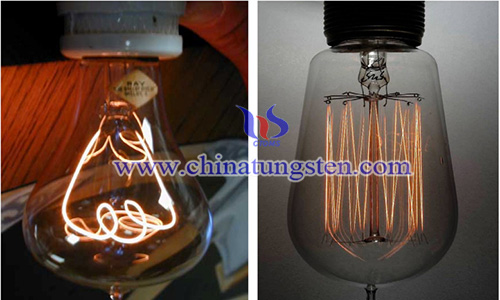
The Coolidge Process
William D. Coolidge (1873-1975), Figure 8, began his career at GE's research laboratory in September 1905. Interestingly, Coolidge's first task was to investigate the cause of the rapid breakage of the filament of the German tantalum lamp when operating under alternating current, most likely due to the limitations of the lamp's cavity technology and the residual gas in the bulb.
100 Years of Doped Tungsten WireⅠ- Early Attempts at Metallurgy
- Details
- Category: Tungsten Information
- Published on Wednesday, 13 July 2022 18:47
- Hits: 1339

From a historical perspective, William D. Coolidge's development PM process and tool "for making tungsten ductile" in 1909 marked the beginning of the use of tungsten filaments in the lighting industry. William D. Coolidge's development of the PM process and tools to "make tungsten ductile" in 1909 marked a breakthrough in the use of tungsten filaments in the lighting industry and began the modern industrial era of Powder Metallurgy.
Six Tips for Caring and Clearing Tungsten Rings
- Details
- Category: Tungsten Information
- Published on Thursday, 23 June 2022 22:55
- Hits: 1323
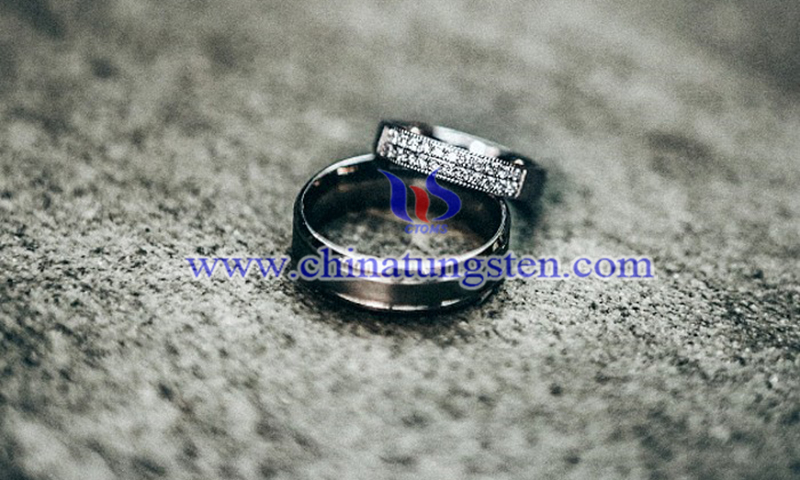
In recent years, tungsten rings have been a popular choice for their durable and scratch-resistant properties. However, they can also lose their luster over time. Below, we will explain how to take care of your tungsten wedding ring.
Atomically MoS2 and WS2 Thin Semiconductors for Nanophotonics
- Details
- Category: Tungsten Information
- Published on Thursday, 23 June 2022 22:47
- Hits: 1186
Atomically thin layers of semiconductors, such as molybdenum disulfide (MoS2) and tungsten disulfide (WS2), are promising materials for nanoscale photonic devices. These nearly two-dimensional semiconductor support so-called excitons or bound electron-hole pairs, which can be aligned vertically along the thin planes of the material.



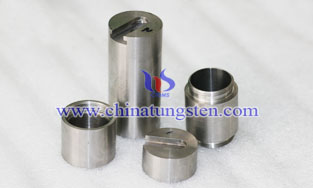


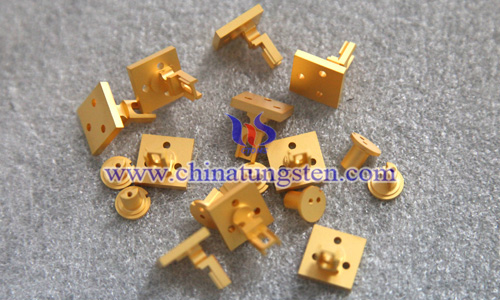
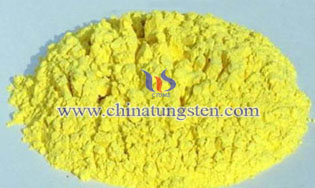
 sales@chinatungsten.com
sales@chinatungsten.com